Choosing Your Race and Culture
The first step in designing your character is to determine what race of being you wish to be, and what cultural heritage you would like to belong to. Race and Cultural Heritage form an important basis for your character's backstory; they explain who your people are and how they are accustomed to living. These selections start to describe some of the advantages and disadvantages your character will have in the context of adventuring. They will also suggest some personality traits and flaws that your character may either freely exhibit or fight to overcome. In short, race and cultural heritage provide the first building blocks toward building your unique player character.
There are twelve Player Character races from which to choose from in the world of Cartyrion: Awkwana (or Birdfolk), Feliseans (or Catfolk), Dwarves, Elves, Gnomes, Goblins, Halflings, Humans, Kobolds, Taxlatl (or Lizardfolk), Orcs, and Chittiki (or Ratfolk). These races are commonly used as player characters in a number of gaming systems and a number of campaign settings, but on Cartyrion, each has a unique history that may be different from that found in other settings. If you will be playing in Cartyrion, it is important that you familiarize yourself with their unique characteristics.
Taken together, these twelve races are referred to as "the Folk". All are humanoid in general appearance, meaning they have a torso supported by two legs, two arms with fingered hands attached at the shoulders, and a head on top. Some have tails. Some have claws instead of fingernails. Some have scales or feathers instead of hair. None of them have any inherent ability to fly, burrow, or breathe underwater indefinitely. All are equally playable as far as game mechanics are concerned. Each race has unique characteristics and tendencies which will lend either advantages or disadvantages in different situations that you will encounter in game play. Each has different factors that will shape the personality of an individual player character. Variety is what makes for excitement in roleplaying, and the choices of race are designed to encourage that variety.
Here is a very brief description of each, including a link to more detailed information about the Race and its associated cultures.
There are twelve Player Character races from which to choose from in the world of Cartyrion: Awkwana (or Birdfolk), Feliseans (or Catfolk), Dwarves, Elves, Gnomes, Goblins, Halflings, Humans, Kobolds, Taxlatl (or Lizardfolk), Orcs, and Chittiki (or Ratfolk). These races are commonly used as player characters in a number of gaming systems and a number of campaign settings, but on Cartyrion, each has a unique history that may be different from that found in other settings. If you will be playing in Cartyrion, it is important that you familiarize yourself with their unique characteristics.
Taken together, these twelve races are referred to as "the Folk". All are humanoid in general appearance, meaning they have a torso supported by two legs, two arms with fingered hands attached at the shoulders, and a head on top. Some have tails. Some have claws instead of fingernails. Some have scales or feathers instead of hair. None of them have any inherent ability to fly, burrow, or breathe underwater indefinitely. All are equally playable as far as game mechanics are concerned. Each race has unique characteristics and tendencies which will lend either advantages or disadvantages in different situations that you will encounter in game play. Each has different factors that will shape the personality of an individual player character. Variety is what makes for excitement in roleplaying, and the choices of race are designed to encourage that variety.
Here is a very brief description of each, including a link to more detailed information about the Race and its associated cultures.
Awkwana (Birdfolk)
The Birdfolk, or Awkwana, are an avian race of humanoids reminiscent of crows or ravens. They are known for their agility; despite their apparent clumsy walking gait, they can move quickly and nimbly when they need to. Although related to birds, they are flightless, their wings being replaced by arms, hands, and fingers that are quite nimble and dexterous. The unblinking beady eyes and oversized bill resembling that of a raven often causes other Folk to be intimidated by their presence. Settlements of Birdfolk can be found in the high mountain ranges all across Cartyrion, but a number of them also live among the Folk in the great cities and other larger settlements, and one seafaring subculture has even developed which makes the Birdfolk one of the five races that call the seas of Cartyrion home.Feliseans (Catfolk)
The Catfolk, or Felisians, are a catlike race known for agility, curiosity, and outgoing personalities. They are also known for their ferocity when protecting loved ones or a territory they consider "under their care". Two distinct subcultures were established at their creation on Cartyrion - savannah dwellers and jungle dwellers. Today, though, they can be found throughout Cartyrion, and several additional subcultures have arisen. Most large cities of Cartyrion will have some Catfolk living among the rest of the Folk, and any forest is a potential site for a small settlement. The Catfolk are not known for large city construction. In fact, many prefer to wander around Cartyrion, experiencing new things and aquiring trinkets to remind them of their journeys.Races and Alignment
If you have been around TTRPGs for a long time, you will recognize that some of the choices available in Cartyrion as player character races are often represented as being inherently evil. These are more typically encountered as "monsters" rather than as PCs or NPCs. In Cartyrion, though, there are no inherently evil player character races. Each race has developed a set of cultural norms through a combination of the nature instilled into them by their creators and the effects of their environments. These norms have allowed them to survive and prosper in the world.Within every culture, there are folk that strive to improve the lot of those around them, and there are folk that will do whatever it takes to get ahead personally. There are folk that live according to the cultural norms that have been handed down for generations, and those who ignore the rules. In short, there are individuals of all alignments within every culture. The concept of alignment can be applied to individuals, but not to an entire race or culture.
There are, however, many instances where the cultural norms and expected behavior established by one race are considered by another race to be unacceptable. This may result in members of one race or culture looking upon members of another as being "evil". This potential conflict provides opportunities for interesting role-playing.

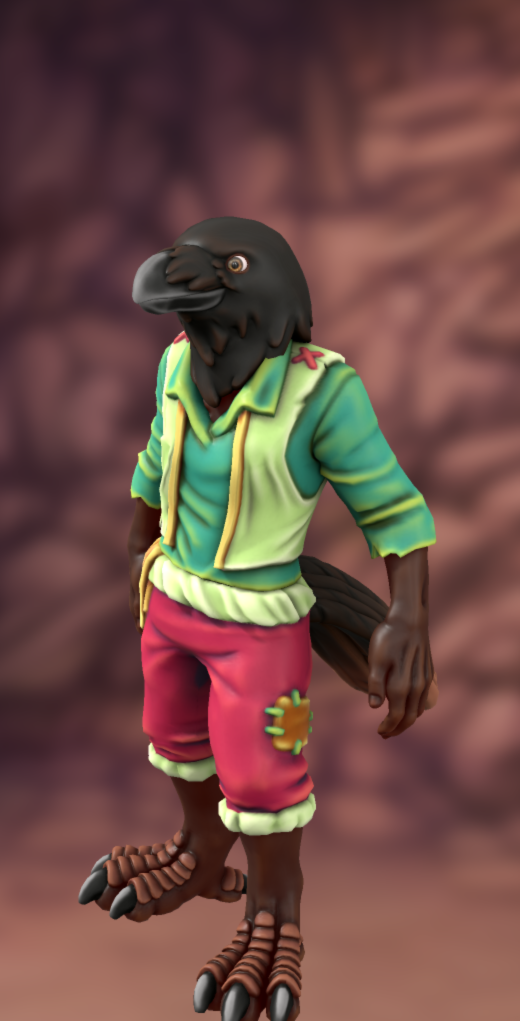
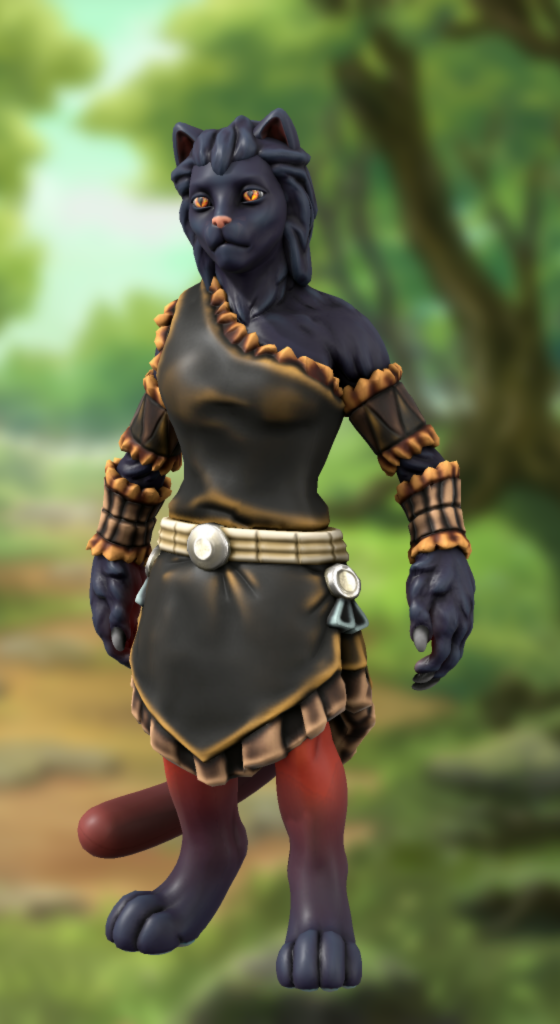
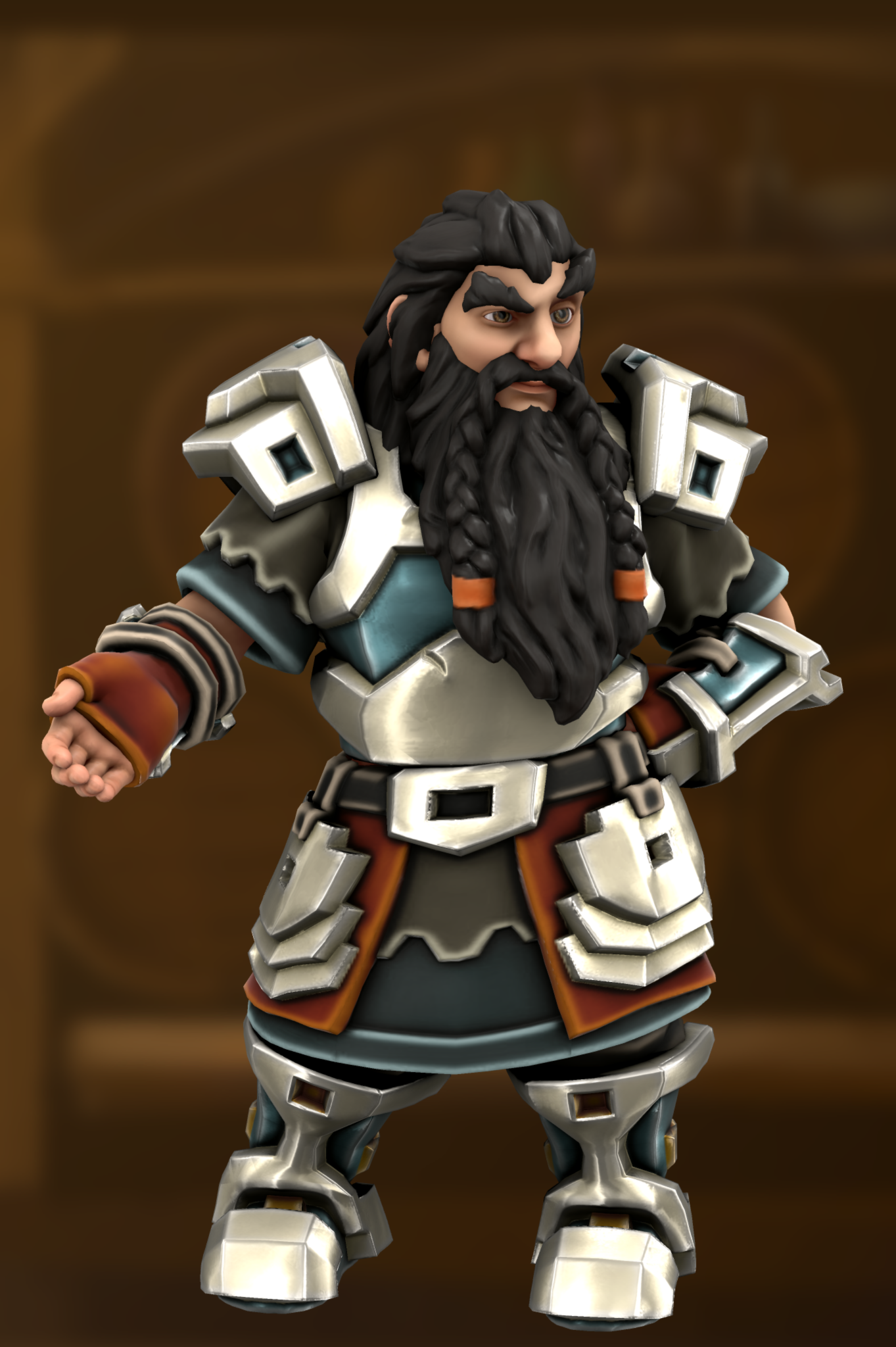
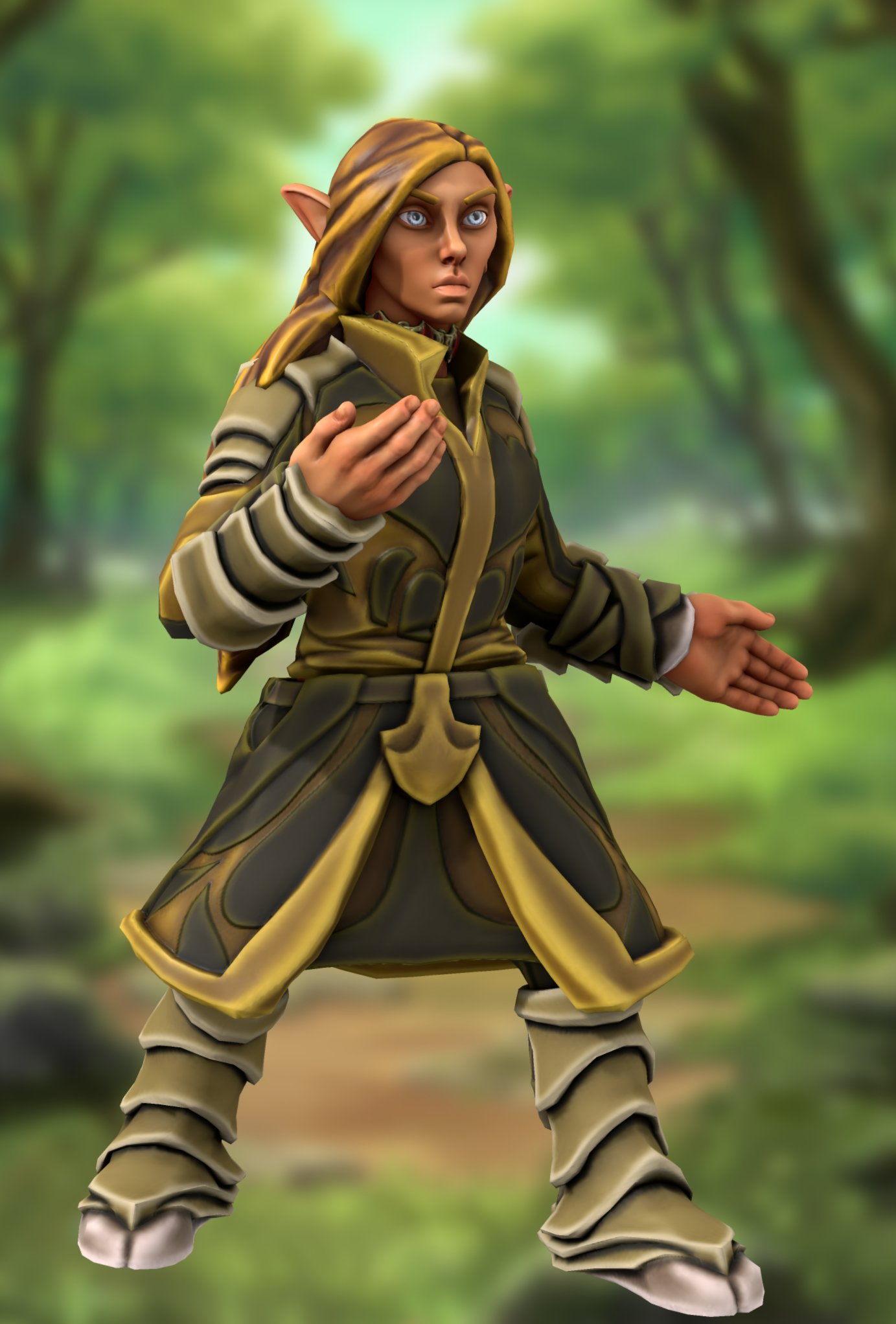
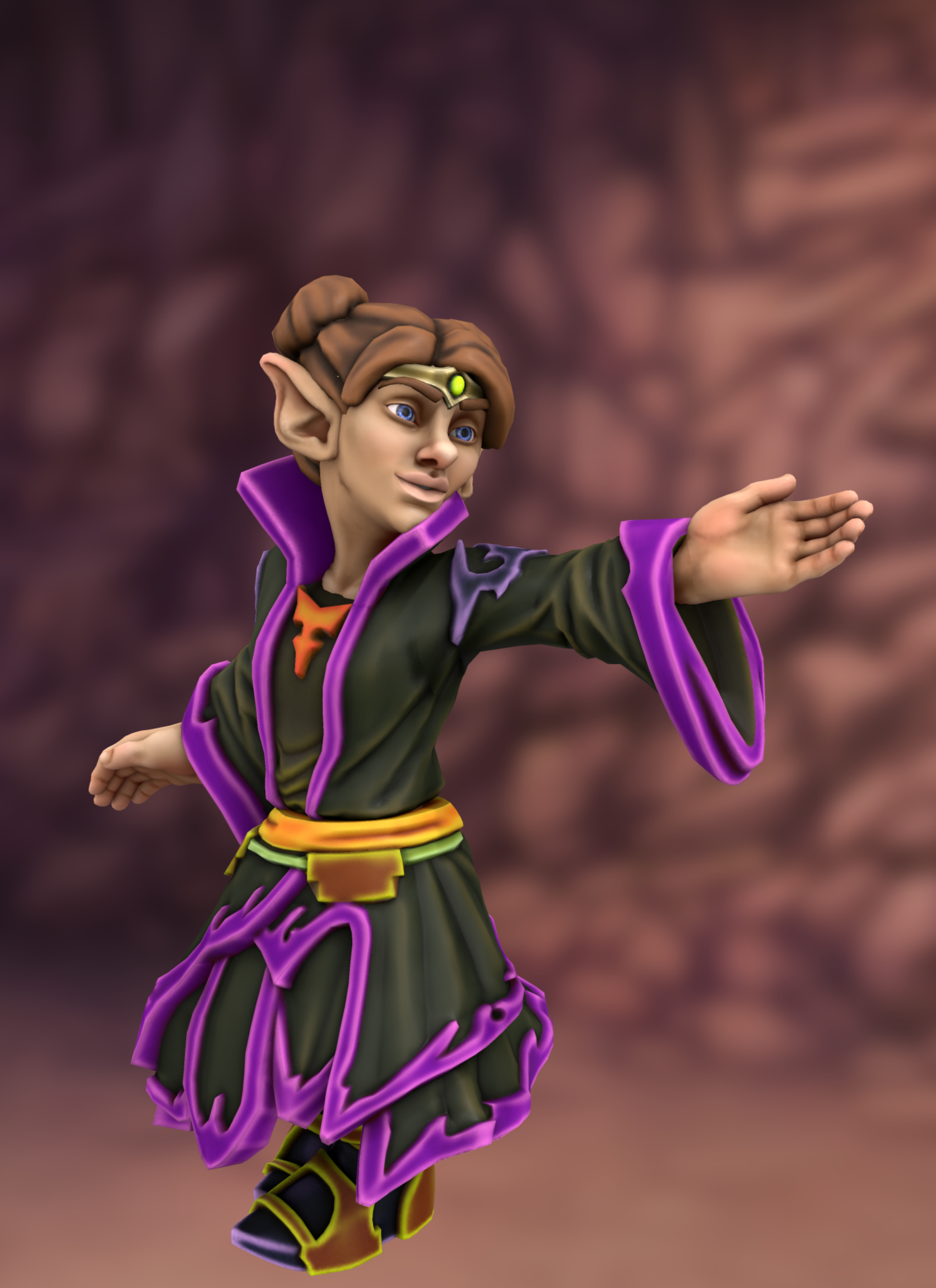
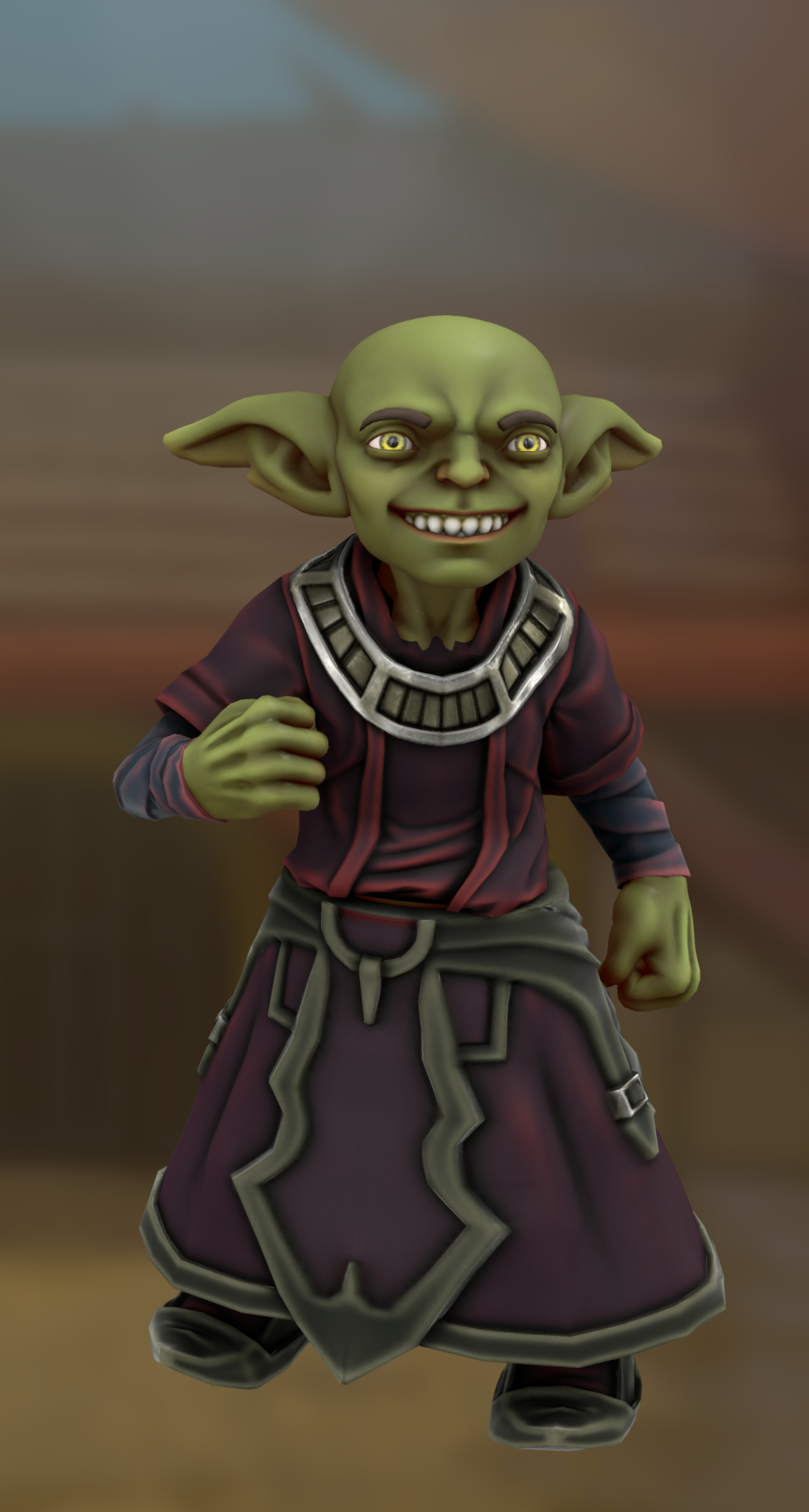
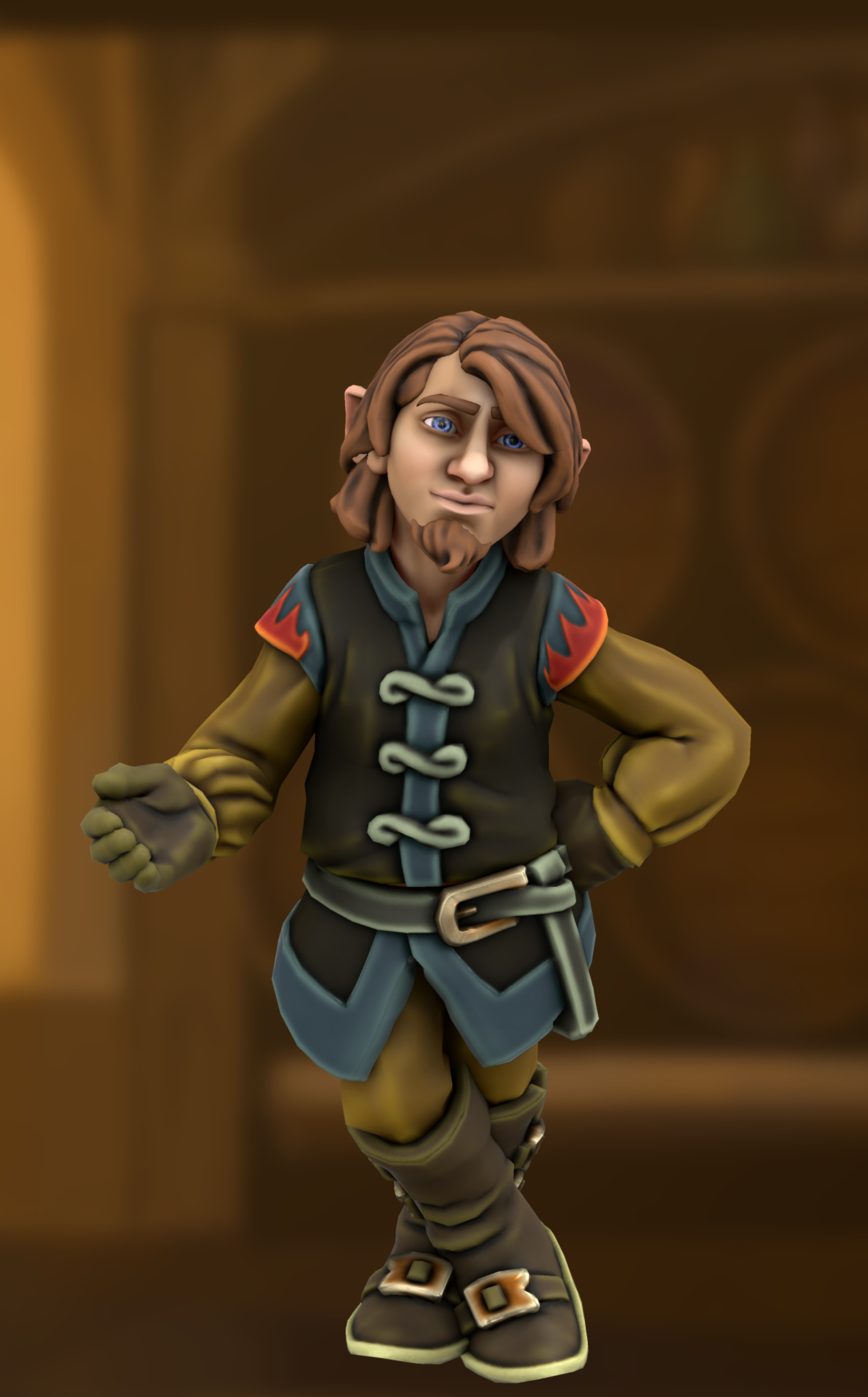
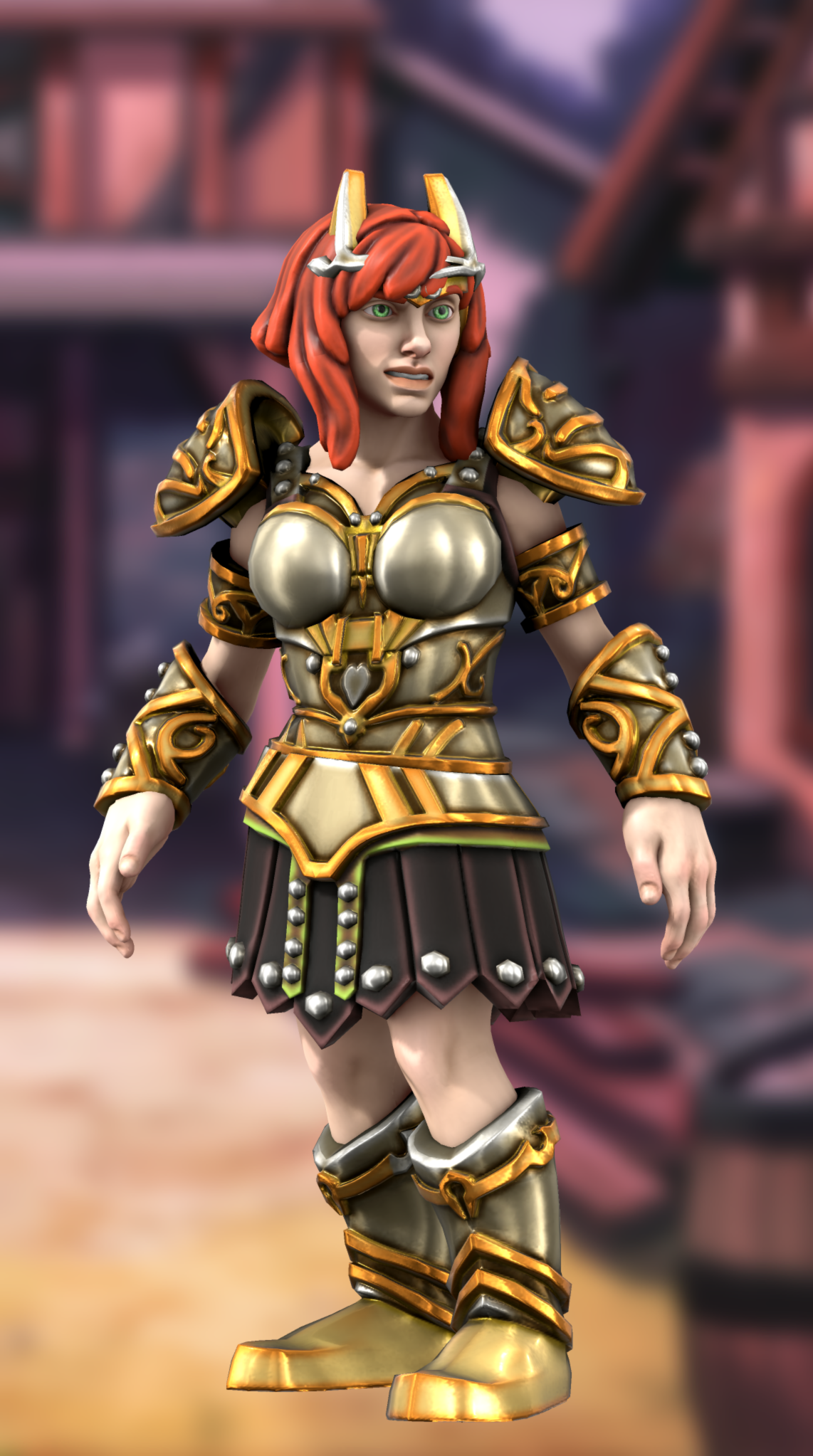
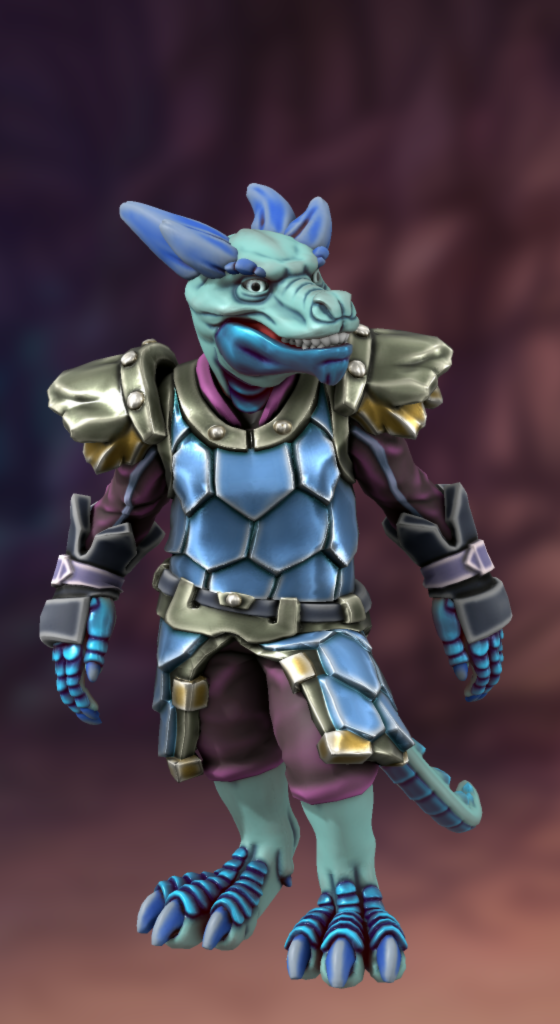
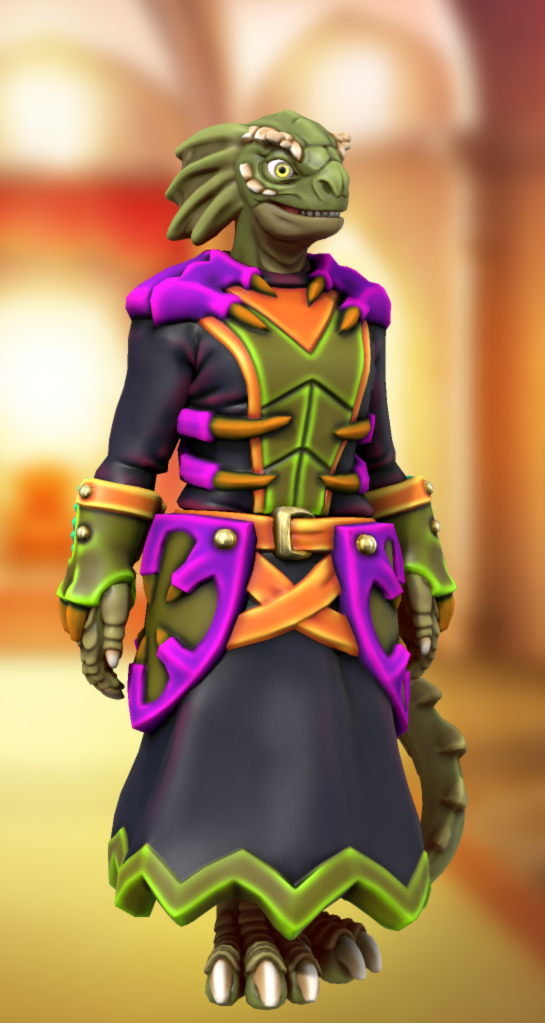
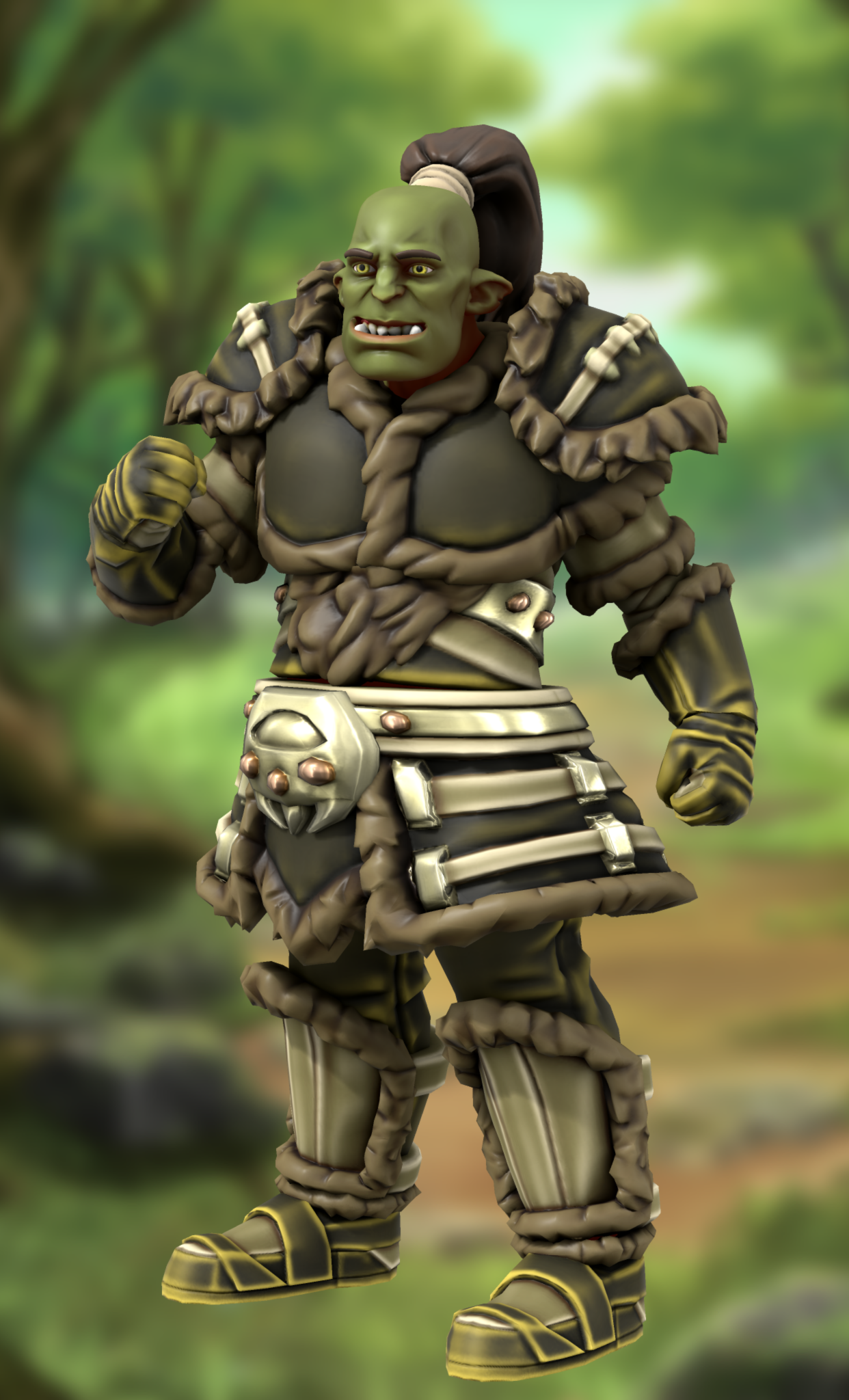
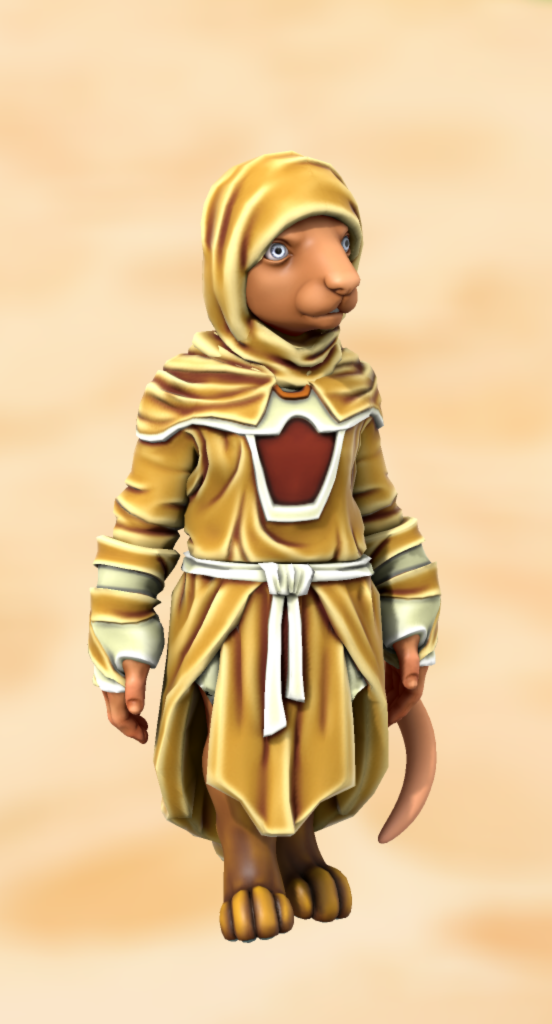


Comments